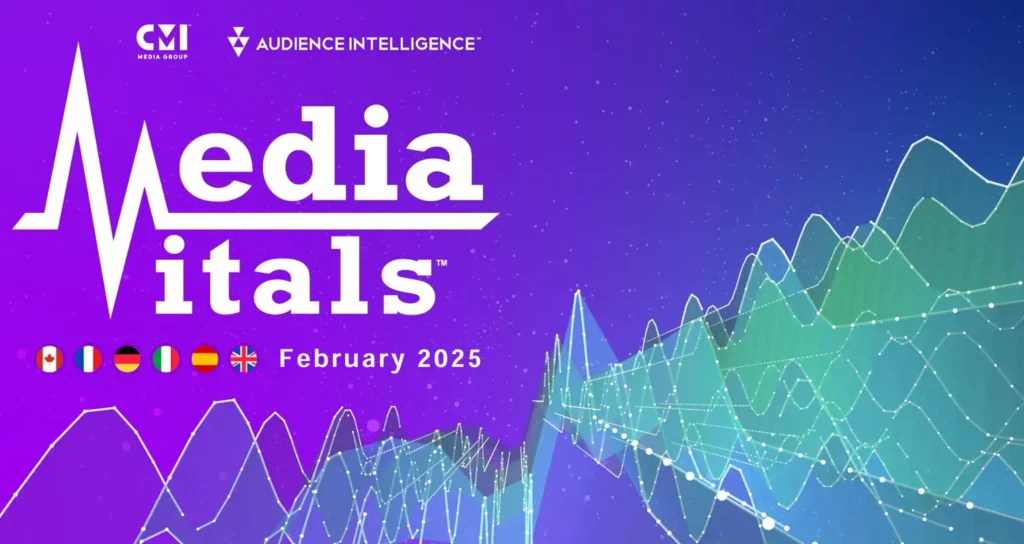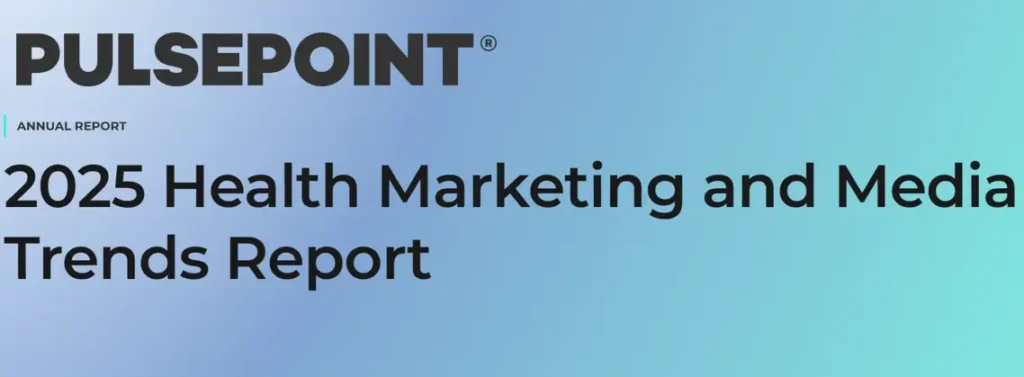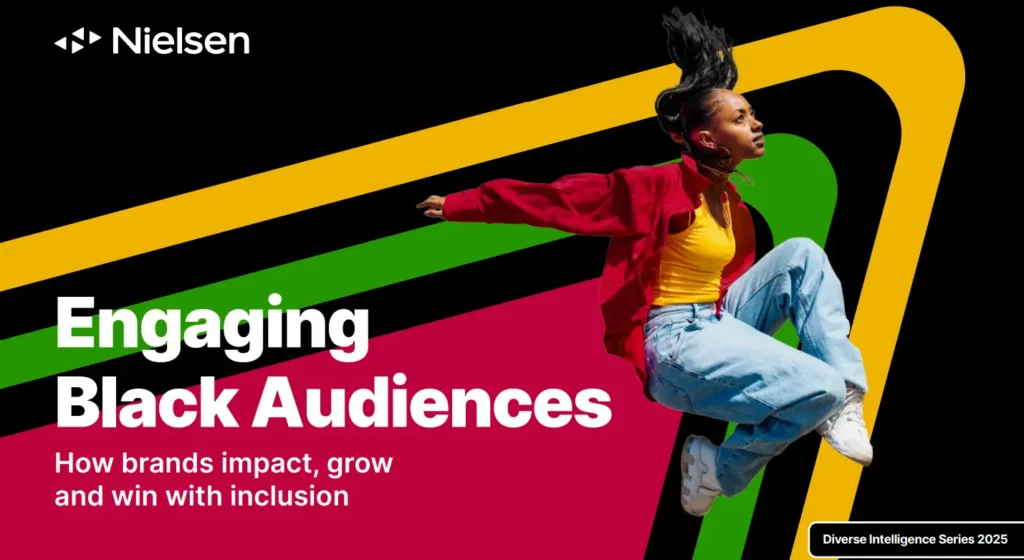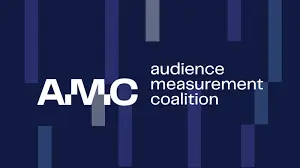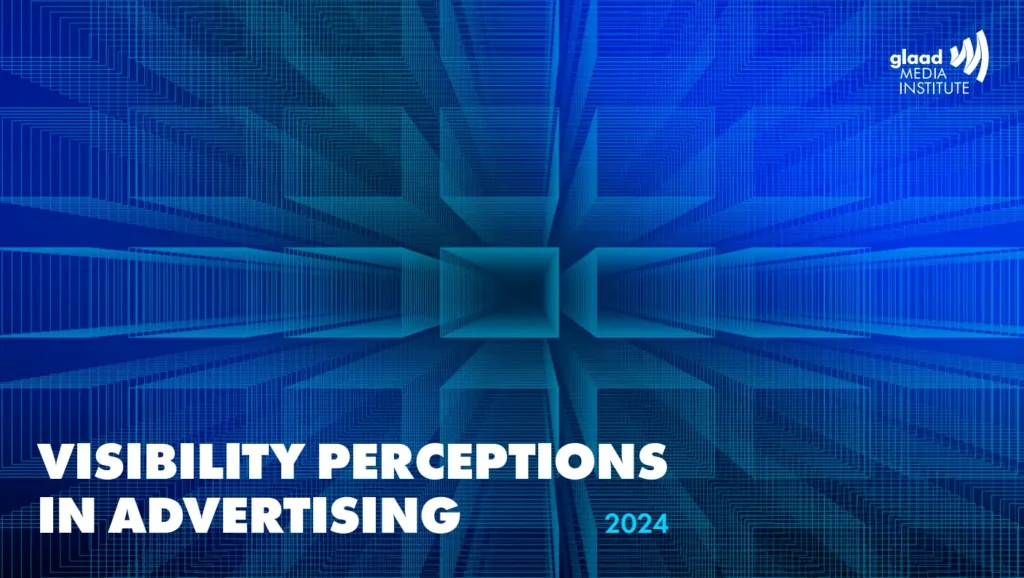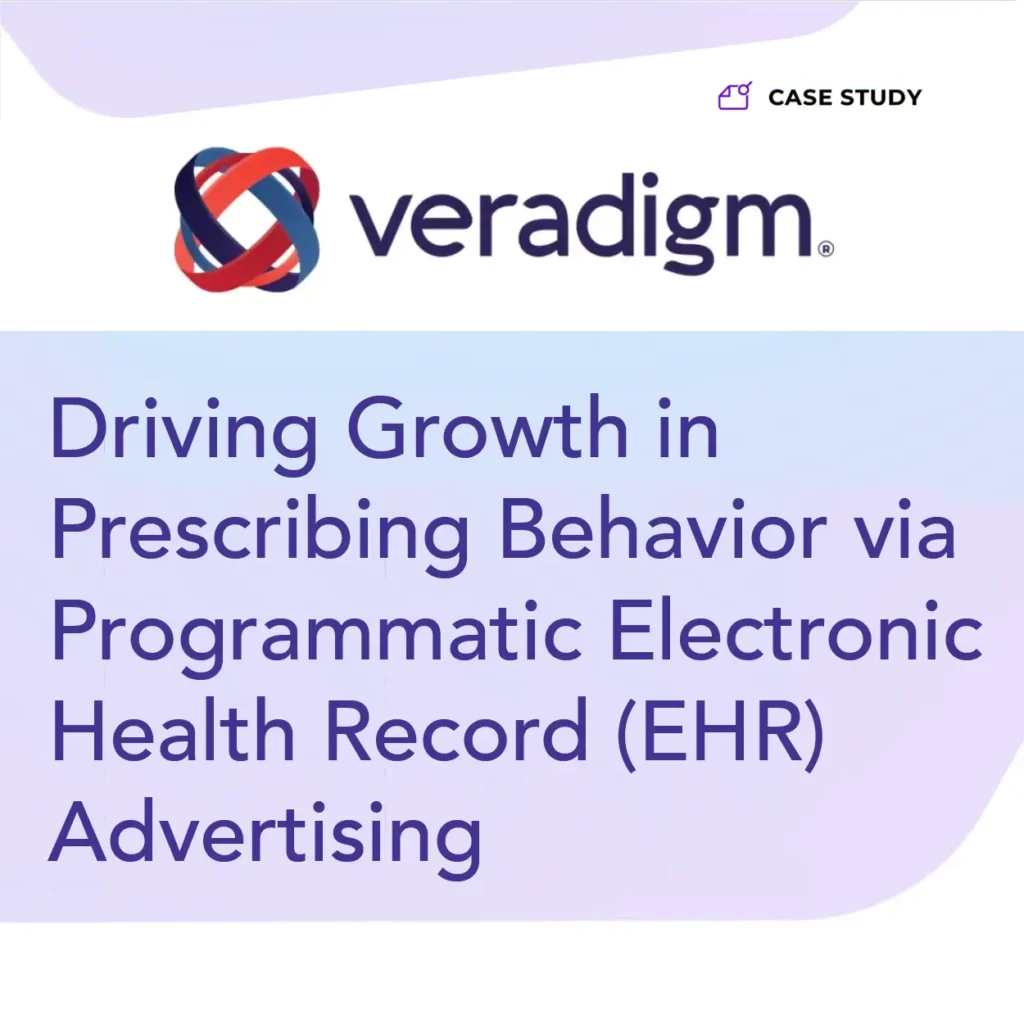Healthcare Privacy and Compliance Trends in US Digital and Programmatic Marketing for 2025
Where are we today, and where will we go throughout 2025?


The digital and programmatic marketing landscape for healthcare is set to experience significant shifts in 2025, driven by evolving state and federal regulations. As the healthcare sector continues its digital transformation, the importance of safeguarding patient data and ensuring compliance with privacy laws will remain paramount. Below, we examine key trends expected in 2025 and their implications for the industry.
State-Level Regulations: A Patchwork of Privacy Laws
State governments will remain at the forefront of healthcare privacy and compliance in 2025. In the absence of comprehensive federal data privacy legislation, states will likely continue to enact and refine their own privacy laws, creating a complex and fragmented regulatory environment for marketers.
California’s Continued Leadership: Building on the California Consumer Privacy Act (CCPA) and California Privacy Rights Act (CPRA), California is expected to tighten its already rigorous standards through the promulgation of additional regulations. These regulations mandate detailed consent mechanisms, universal opt-out options for data sharing, additional compliance obligations, and stringent penalties for non-compliance.
Emerging State-Specific Mandates: States such as Colorado, Virginia, and Utah have implemented their own privacy laws, which include provisions for sensitive healthcare data. In 2025, Delaware, Iowa, Nebraska, New Hampshire, and New Jersey laws will be in effect. More states are anticipated to join this growing list given legislative efforts in several other states, potentially introducing variations in consent management, data storage requirements, and user rights.
Impact on Marketers: This growing patchwork of regulations will challenge programmatic marketers to adopt adaptable, privacy-centric strategies. Healthcare marketers must invest in flexible compliance solutions to navigate state-specific laws while maintaining effective targeting and measurement capabilities.

Federal Privacy and Compliance: A Push for Unified Standards
On the federal level, 2025 is likely to see renewed efforts to create a national framework for data privacy and security. While states lead the charge, the federal government may to introduce initiatives to streamline compliance, particularly in sensitive industries like healthcare.
Potential Legislative Developments
Federal lawmakers may push for:
- National Privacy Legislation: Building on proposals like the American Data Privacy Protection Act (ADPPA), Congress may work toward enacting laws that unify core privacy principles while balancing state-level autonomy.
- Enhanced HIPAA Standards: Updates to the Health Insurance Portability and Accountability Act (HIPAA) may emerge, including expanded definitions of Protected Health Information (PHI) to encompass emerging technologies and digital data exchanges. Additionally, HHS has proposed amendments to HIPAA that will require: written policies, procedures, plans, and analyses; asset control; asset inventory; risk analysis; and new security controls.
- AI and Data Usage Guidelines: With increased reliance on artificial intelligence (AI) in programmatic marketing, federal agencies might introduce specific guidelines on the ethical and privacy-compliant use of AI in healthcare marketing.
- Regulatory Enforcement: Federal agencies such as the Federal Trade Commission (FTC) and the Department of Health and Human Services (HHS) could increase enforcement actions, yet we will have to see how the new administration approaches consumer data privacy. Nevertheless, data breaches and misuse of healthcare data in advertising are likely to draw severe penalties, emphasizing the need for robust compliance frameworks.
Trends in Privacy and Compliance for Digital Marketing
Greater Consumer Control Over Data: With state and federal regulators demanding higher transparency, consumers will gain more control over their personal health information. This will necessitate clearer consent mechanisms, easy-to-understand privacy policies, and robust options for data access and deletion, especially given California’s proposed Universal Delete Mechanism that is expected to be live by January 1, 2026
Privacy-First Programmatic Solutions: The rise of privacy-first solutions such as cookieless technologies and contextual targeting will become critical. These technologies enable compliance while maintaining precision in targeting and personalization.
Third-Party Data Restrictions: As regulations tighten, reliance on third-party data in programmatic advertising will diminish. Marketers will need to focus on first-party data and clean room solutions that facilitate secure and compliant data sharing for healthcare campaigns.
Increased Use of Compliance Technology: Privacy compliance technology, including consent management platforms (CMPs) and automated regulatory monitoring tools, will become indispensable and required in some cases, for navigating the regulatory landscape.

Preparing for 2025: Key Recommendations
To thrive in the evolving regulatory environment, healthcare marketers must prioritize privacy and compliance in their strategies:
- Invest in Flexible Compliance Systems: Implement adaptive solutions capable of addressing both state-specific and federal regulations.
- Focus on First-Party Data: Build robust strategies for collecting, managing, and utilizing first-party data while respecting consumer privacy.
- Monitor Legislative Developments: Stay ahead of emerging regulations to proactively adjust marketing practices.
- Enhance Transparency and Consumer Trust: Clearly communicate how patient data is collected, used, shared, and protected.
The intersection of healthcare, privacy, and digital marketing will remain a dynamic and challenging space in 2025. By embracing privacy-first practices and preparing for both state and federal regulatory changes, programmatic marketers can ensure compliance while delivering impactful campaigns.
Jonathan McLeod is the Director of Compliance at Throtle




